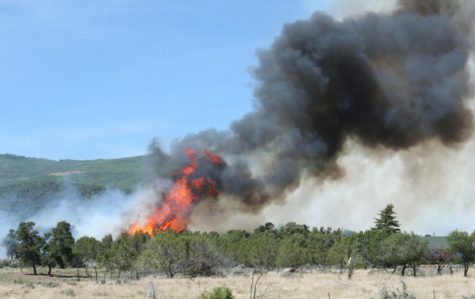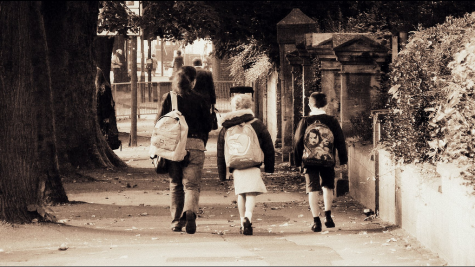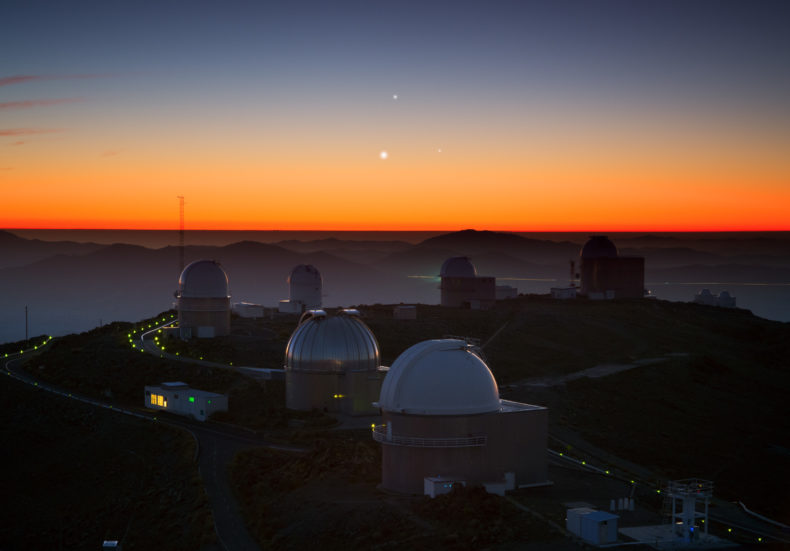
At least once a week, my almost three-year-old and I will wander through the “100 aker wood” with Winnie-the-Pooh and friends in search of heffalumps and woozles. At some point — a voice (mine) — will tell my toddler we’re about to leave the woods. This usually happens a few minutes before I end the viewing experience on my phone — a move that’s met with more than a simple Pooh-inspired “oh, bother” but, fortunately, not by much.
Others in this precious age group aren’t as compliant, suggests new research that found similar warnings tend to make tantrums worse. In fact, transitions away from gadgets aren’t as smooth as parents and other caretakers would hope when they issue a two-minute warning that their kids’ “screen time” is about to end.
Still, in all my 2.83 years of parenting, I’ve learned some ways to help stave off several screen-time related tantrums. One that I’m not terribly proud of is to blame sudden, mysterious outages on the grave failings of technology — to a point where my son will ask hopefully if a desired video is “bufferin’.” Another, more successful solution, is to simply wait until we get to a good stopping point in a show or movie such as the absolute end after the last credit has made its slow ascent off the screen.
Parenting in the age of brutally smart devices is constantly on my mind. Although I’m not at all against technology, I’ve found that my son’s mood will change the longer he uses the phone — whether it’s to listen to music, watch a show, or look at photos — and he tends to get more possessive and increasingly upset as I try to take it away. Which led me to wonder: How much is too much, are smart phones and iPads such a bad thing for young kids (they aren’t the best, according to several tech parents including Steve Jobs), how much longer before technology swallows my son whole? Continue reading →
 Most days we here at the Last Word on Nothing write engaging non-fiction about the scientific questions of our age that vex us and inspire us. Most days we blend excellent reporting with excellent writing told with heart, guts, and a dash of humanity. Most days, you the reader get to the end of one of our stories and feel smarter than when you started.
Most days we here at the Last Word on Nothing write engaging non-fiction about the scientific questions of our age that vex us and inspire us. Most days we blend excellent reporting with excellent writing told with heart, guts, and a dash of humanity. Most days, you the reader get to the end of one of our stories and feel smarter than when you started.




 Damn you, carefree summer, for being such a fleeting thing! Trading you in for homework and sports practice and band performances…the season of school and tight schedules can be hard on bodies and souls. Parents may suffer the most,
Damn you, carefree summer, for being such a fleeting thing! Trading you in for homework and sports practice and band performances…the season of school and tight schedules can be hard on bodies and souls. Parents may suffer the most, 